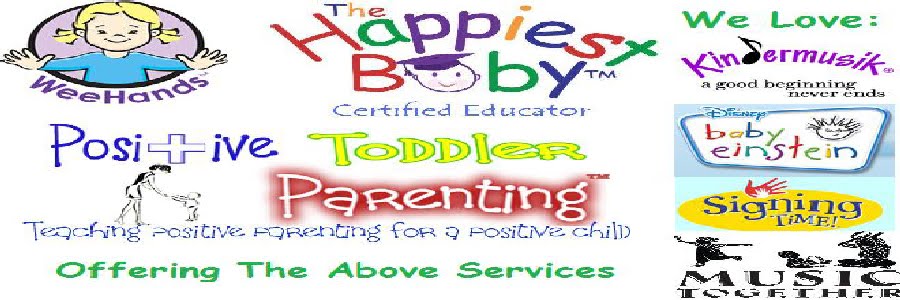What's $1.00 minus .78 cents? It's the difference between your salary and the salary of your male counterparts. If you're a woman of color, you can subtract at least an additional 10 cents, and for single mothers you can take away even more.1 That's right: Just sixty cents to a man's dollar.
Seem fair?
We don't think so either. That's why MomsRising members pushed for passage of the Lilly Ledbetter Fair Pay Act earlier this year, and is now pushing for the next step toward fair pay for women in the workplace: The Paycheck Fairness Act has passed the U.S. House and is now moving in the U.S. Senate. Your voices played a huge role in the passage of the Ledbetter Fair Pay Act, and now we have an opportunity to use our voices again to move us all another step closer to fair pay.
Tell your Senators that more than 50% of the labor force are now women, but we still need equal pay for equal work. Urge them now to support of the Paycheck Fairness Act:
http://momsrisingaction.org/t/1546/campaign.jsp?campaign_KEY=27140
It's no coincidence that we're sending you this message today: Tuesday, April 28, is Equal Pay Day, which marks the point in 2009 when the average woman's wages will finally catch up with the wages paid to the average man in 2008. The day is an important reminder of the persistent wage gap and the urgent need to take action to ensure we close this gap.
*Please forward this email around far and wide today in honor of Equal Pay Day. Tell friends and family that today is the day to make your voice heard.
Why does the wage gap matter anyway (beside the obvious!)? Whether you're in a one or two person household, equal pay is critical to supporting a family, especially in these tough economic times. One study estimated that over a lifetime, a woman's wages are anywhere from $700,000 to $2 million dollars less than a man's2. And the problem runs deeper than just wage discrimination: A recent study found that with equal resumes, mothers were 79% less likely to be hired than non-mothers3; and another recent study found that given equal resumes, mothers were offered $11,000 lower starting salaries than their equally qualified non-mother counterparts (Fathers were offered $6,000 more than their non-father counterparts). Turns out the wage gap is pretty big deal after all. But we have a real opportunity to help even the odds.
The Paycheck Fairness Act deters wage discrimination by:
- Closing loopholes in the law that allow for discrimination.
- Protecting workers from retaliation against workers who disclose their wages.
- Allowing women to receive the same remedies in court for pay discrimination as those subjected to discrimination based on race and national origin.
With everything happening right now around the country, Congress has a full plate. Let's make sure this is one thing that doesn't fall off. Take action today!
http://momsrisingaction.org/t/1546/campaign.jsp?campaign_KEY=27140
Thanks for all you do,
Dionna and the MomsRising.org Team
Special thanks to the National Women's Law Center for their support drafting this message.
P.S. With all the news about the Swine Flu,the Center for Disease Control is saying folks should stay home if they feel sick. That's easier said than done -- 1/2 the U.S. workforce doesn't have any paid sick days. This means they don't have a single paid sick day to take when illness strikes in order to keep our communities healthy and not spread illness. Sign the petition today to to tell our country's leaders: "The United States needs to allow all working people to earn paid sick days to ensure our economic security, and protect public health." http://momsrisingaction.org/
P.P.S. April 28, 2009 is Equal Pay Day, the date in 2009 when the average woman's wages finally catches up with those paid to the average man in 2008. This is a public awareness day to highlight the wage gap between men and women in America. Events will be held all around the country, and supporters will be wearing red to signify how women and people of color are 'in the red' in their pay. You can show your support by wearing red, joining an event and signing the letter to your Senator today! http://momsrisingaction.org/t/1546/campaign.jsp?campaign_KEY=27140
[1] http://www.nwlc.org/fairpay/wagegapoverview2009.html
[2] http://www.pay-equity.org/info-time.html
[3] Shelley Correll, Stephen Benard & In Paik, Getting a Job: Is there a Motherhood Penalty, 112 The Am. J. of Soc. 1297 (2007).
Becka has a Bachelors in Early Childhood Education and Development, and has 17 years experience in the field. She is a Certified Parent Educator and Licensed Baby, Toddler, and Preschool Sign Language Instructor. You can visit her site, at www.learnandgrowtogether.com
